From the June 2024 issue of Apollo. Preview and subscribe here.
The fleeting pleasures of eating outdoors was one of the great themes of Impressionist painting. But the work that started it off was a crazy picnic, by anyone’s standards. It isn’t just the presence of the naked woman alongside two men in grey trousers that makes Manet’s Le Déjeuner sur l’herbe remain such a startling image, more than 160 years after it first shocked visitors to the Salon des Refusés in 1863. It is also the food: a prosaic picnic of crusty bread and fruit which is at odds with the rest of the composition. The female bather swathed in white in the distance seems to believe she is in some kind of pastoral frolic painted by Titian whereas the food in the foreground could have been hastily assembled from the market in Paris that morning. A silver flask (of wine?) lies on the ground. Some Cézanne-like cherries, plums and peaches spill out of a basket on to a pile of the nude woman’s discarded clothing.
Dress code aside, this is a picnic that could be happening after work in a modern-day city park, though it might be improved by a slice or two of the ham on a metal platter which Manet painted some years later. In a true picnic, there is always a tension between chaos and order. While Manet came down on the side of chaos, the picnics of his Impressionist contemporaries tended to be more orderly. Monet’s Le Déjeuner sur l’herbe first painted in 1865, and another version in 1866, a response to Manet, is a case in point. It was mocked by Zola in his novel L’Oeuvre as a ‘storm in a cream jug’. Where Manet disrupted the concept of the French bourgeois picnic, Monet merely celebrated it.
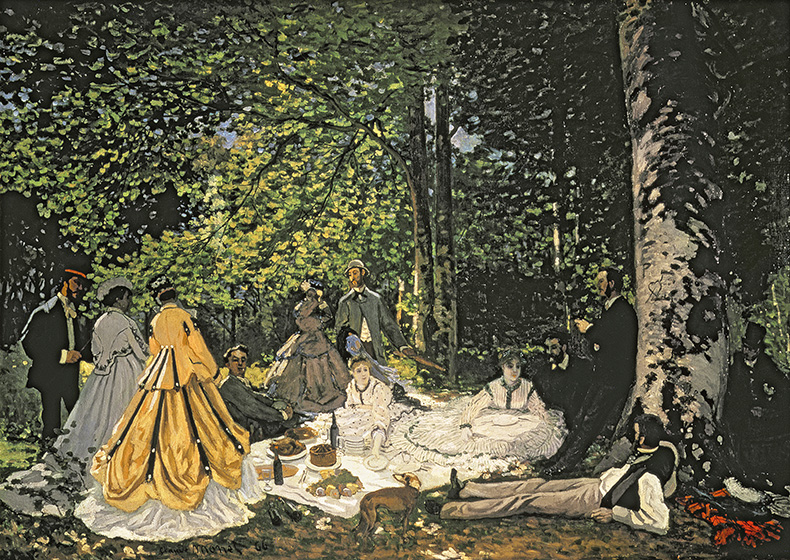
Le Déjeuner sur l’herbe (1866), Claude Monet. Pushkin Museum, Moscow. Photo: Bridgeman Images
But what a celebration! Monet’s picnic, of which he did several versions, is a true open-air feast (unlike Manet’s, which was a studio composition). The whole scene is bathed in glorious green sunlight. On a cloth on the ground, there is a magnificent raised pie and a roast chicken, alongside a profusion of peaches, green grapes, bread and wine. A whippet looks hungrily on. Manet’s is by far the more important painting. Yet Monet’s is the picnic I would most want to eat.
Monet was someone who genuinely loved to eat outdoors and it shows. After he moved to his house in Giverny in 1883, his whole household regularly had lunch outdoors on the terrace and Monet would dress the salads himself, adding masses of black pepper. His feeling for picnics was so deep that the spirit of the picnic infused even his other works. Julie Manet, the daughter of Berthe Morisot, said that Monet’s Rouen Cathedral series with its delicious pinks against bright blue sky, reminded her of eating strawberry ice cream.
Unlike the showy peeled lemons and waxy grapes of a Dutch still life, the food in Impressionist picnics looks ready to be picked up and eaten. These informal outdoor meals are not Last Suppers or symbolic reminders of the inevitability of decay and death. Rather, these paintings use food eaten under the sky as both a prop and proxy for happiness: the transitory light of the day fixed in blobs and streaks of paint.
In theory, a picnic is a carefree meal but as seen by the Impressionists it was often tamed by cutlery and table linen. In Édouard Vuillard’s The Terrace at Vasouy (first done in 1901 but reworked in 1935), an outdoor table is laid with a red gingham tablecloth busy with wine bottles and plates at which elegantly hatted women are sitting. No one has removed any of their clothes. Another of Vuillard’s meals, Still Life with Salad Bowl (c. 1887–88), is a strong contender for the most elegant picnic ever, consisting of a country terrine, snowy-white Camembert and dark green salad leaves with bottles of oil and vinegar. As the critic Claude Roger-Marx observed, we can sense from the tastefulness of Vuillard’s salad that ‘the guests will not be noisy’.
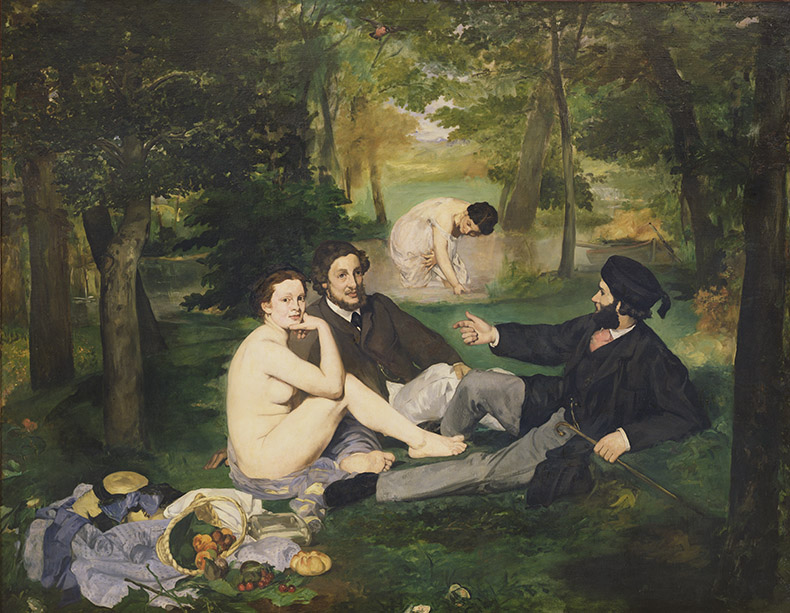
Le Déjeuner sur l’herbe (1863), Édouard Manet. Musée d’Orsay, Paris. Photo: Bridgeman Images
An Impressionist picnic offers a vision of eating as freedom but it is a very particular kind of freedom. These are certainly not the casual outdoor workers’ meals painted by Bruegel the Elder. In Monet’s Le Déjeuner sur l’herbe, to the right of the picture, unobtrusively waiting behind a tree, is the figure of the servant who has helped to transport all of the food, china, glass and cutlery to the idyllic scene in order to make the ‘informal’ magic of the picnic happen.
Some Impressionist picnics focus more on the food, while others – such as Renoir’s Luncheon of the Boating Party (1880–81) – focus more on the people. The rumpled white tablecloth and many bottles on the table underscore the sense of conviviality. Renoir has captured the way that when alcohol is involved, each person at an outdoor summer meal develops a different relationship with his or her wine glass. One woman has her glass upended over her face, as if downing her sorrows, while another ignores the champagne glass by her side as she stares adoringly into her dog’s face.
By contrast, A Break in the Woods, Gerberoy (1925) by Henri Le Sidaner is a post-Impressionist work showing a beautifully assembled picnic but no people to eat it. In a shaded green wood, there is a tablecloth laid with the usual fruit, bread and wine but no sign of any eaters except for a straw hat dangling on a tree, leaving a tantalising suggestion that the picnickers have abandoned their food for another activity out of sight. As Manet knew, anything can happen at a picnic.
From the June 2024 issue of Apollo. Preview and subscribe here.
Unlimited access from just $16 every 3 months
Subscribe to get unlimited and exclusive access to the top art stories, interviews and exhibition reviews.


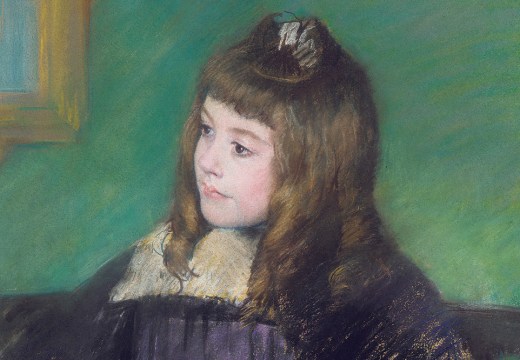
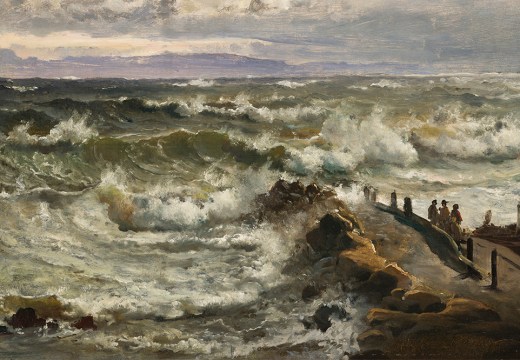
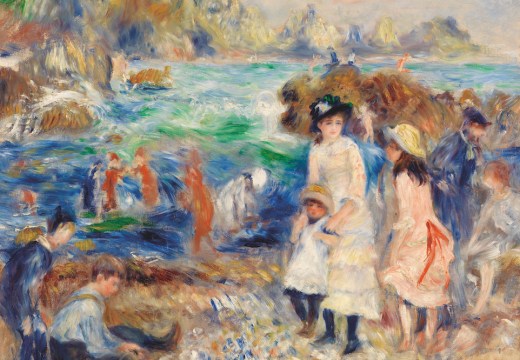









![Masterpiece [Re]discovery 2022. Photo: Ben Fisher Photography, courtesy of Masterpiece London](http://www.apollo-magazine.com/wp-content/uploads/2022/07/MPL2022_4263.jpg)
The threat to Sudan’s cultural heritage